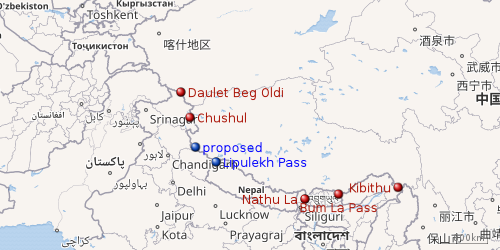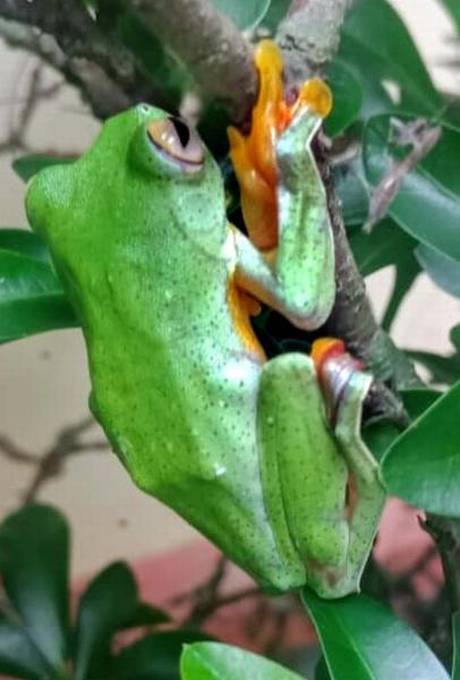7667766266
enquiry@shankarias.in
Aarogya Path
Council of Scientific & Industrial Research
Bum La Pass
Border Personnel Meeting points

International Boundary Lines between India-China
Sharavathi Monkey Park
Indian Gaur
Malabar Gliding Frog

Source: PIB, Indian Express, the Hindu